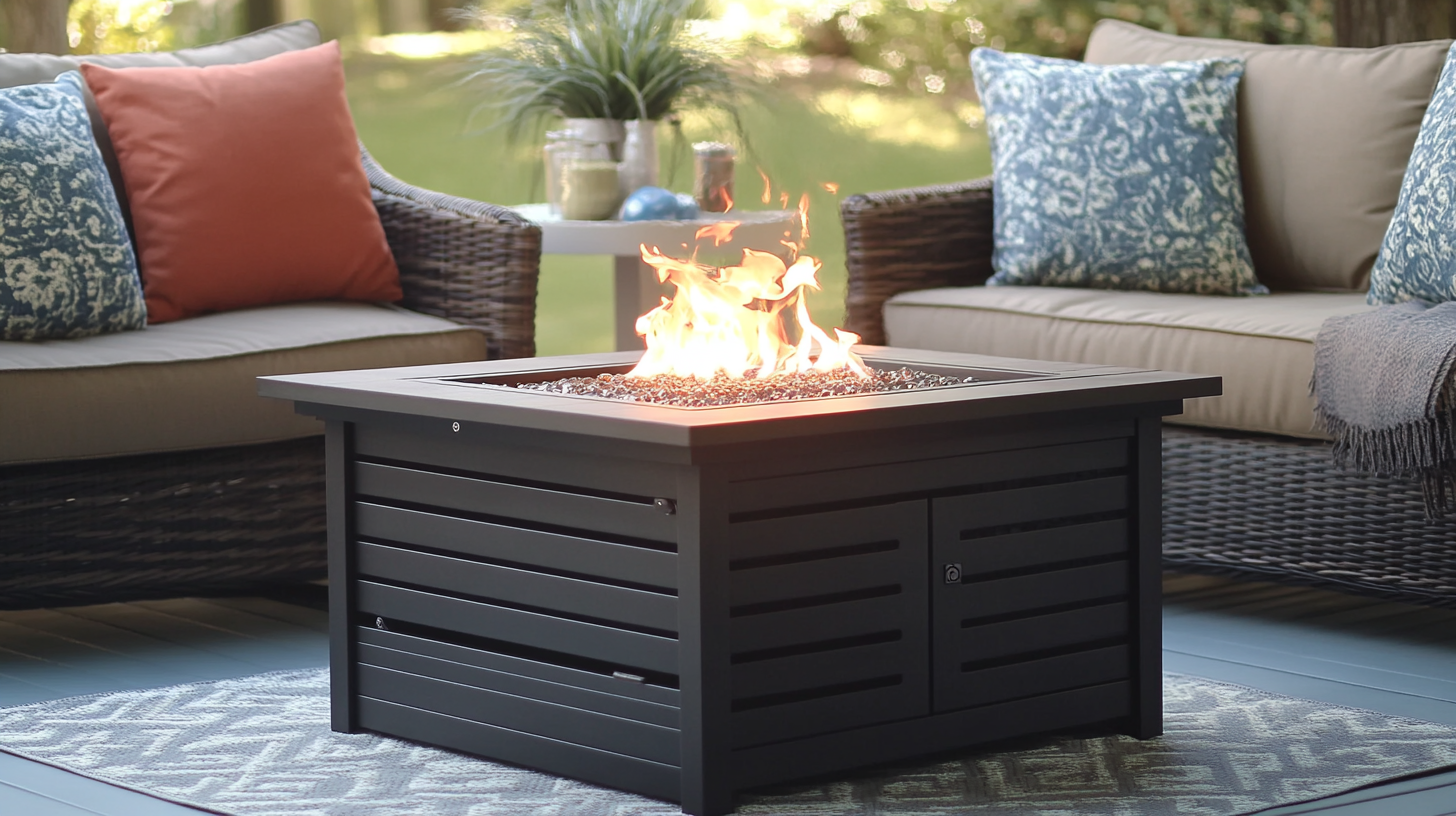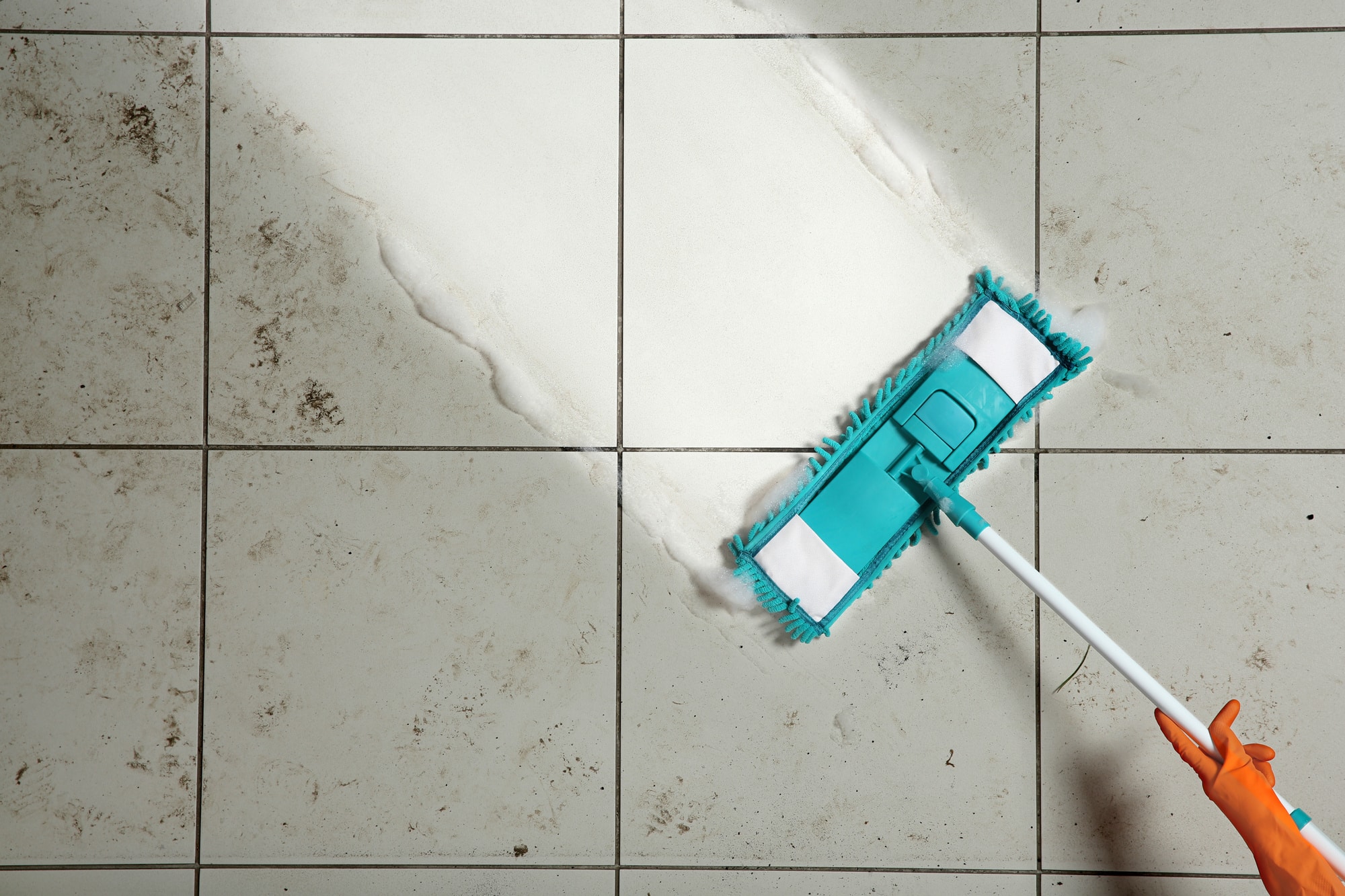What Is a Damp Proof Course?
Homeowners and landlords alike will know the struggle of owning a property and fighting a constant battle against dampness. One solution to this is to get a damp proof course in your property. Property owners should seriously consider investing in a damp proof course treatment to protect your building.
What Is a Damp Proof Course?
A damp proof course is essentially a protective barrier that works to prevent rising damp. Rising damp problems occur when water is sucked up through capillary action within the wall structure. A damp proof course (dpc) will prevent this.
How Do Damp Proof Courses Work?
There are two types of damp proof courses, both of which work differently. While they are both examples of effective damp proof courses, the chemical damp proof courses are more commonly used.

The Two Types of Damp Proof Course
The two types of damp proof course are:
- chemical damp proof course
- electro osmotic damp proof course
The two are both great choices for those looking for an effective damp proof course, however the former is most popular. If you’re considering getting a damp proof course, it is important to note that both damp proof courses work very differently and have different installation processes.
Chemical Damp Proof Course
A chemical damp proof course will involve the carpet and skirting boards being removed when done on internal walls. A specialist like Damp Hero will then drill holes into the wall at a height that will prevent rising damp. Within these holes, the specialist will then inject the damp proof coursing chemical. This will work to form a kind of damp proof membrane that will prevent moisture rising. The holes are then sealed up, and once dry, the skirting board and carpet can be replaced.
In external walls, putting chemical dpc in at external ground level may involve digging soil or concrete away from the wall in the case of pathways and gardens.
Electro Osmotic Damp Proof Course
Alternatively, an electro osmotic damp proof course works by creating an electrical current within the walls. This is done through use of copper and titanium wiring. The current then reverses capillary action, preventing moisture from rising up through the walls.
Do Damp Proof Courses Stop Rising Damp?
According to DryCore in most properties, a damp proof course will work wonders to prevent moisture rising in your walls. If your existing damp proof course has failed, or you don’t have one, getting a damp proof course will help to solve any damp problems you might be facing.

So long as the damp proof course is installed correctly, there should be no issues with it working to stop rising damp. However, to ensure that you do not continue to struggle with dampness, you must be willing to re-render any areas on the wall that are suffering from damp damage. Damp walls can cause the damp proofing to fail, and are unsightly.
How Long Will a Damp Proof Course Last?
When installed right, a chemical damp proofing course can last up to twenty years. Most professionals will provide a twenty year guarantee with their damp proofing to ensure that your home is adequately protected.
With electro osmotic damp proofing, this guarantee is slightly shorter, with most electro osmotic damp proofing only lasting a maximum of ten years rather than twenty.
Can I Install a Damp Proof Course Myself?
If you’re confident when it comes to DIY, there’s nothing stopping you from installing a damp proof course yourself. It is easier to install a chemical course than an electro osmotic course, and it is important to note that while you can install a damp proof course yourself, if you get it wrong and it fails, you will likely have to pay out for a professional service anyway.
How Much Do Damp Proof Courses Cost?
According to Checkatrade, the average cost in the UK for a damp proof course is around £800 for a medium-sized property. It estimates an average of £75 per metre of wall treatment. However, it is not only these costs that need to be considered.
A room being treated with a damp proof course will need to have no furniture against the walls, and so is often unusable. For home owners who live in their properties, this can be problematic – especially in ground level flats. It is important to consider storage and temporary accommodation costs if necessary too.
How Do I Know if I Need a Damp Proof Course?
The signs of damp damage are not hard to spot. If you notice any of the following then it is entirely likely that you need a damp proof course installed in your home.
The key signs of a damp problem, an issue with the current damp proof course or the damp proofing carried out on the property already are:
- black spots of mould forming on interior walls
- watermarks on walls
- damp walls
- tide marks on walls
- stains on walls
- plaster peeling off of walls
- wood deteriorating and rotting
- a smell in the home
- wallpaper flaking
How to Get a Damp Proof Course
DPC specialists will be happy to assess your home and decide whether a damp proof course is needed. They will assess the excess moisture and help you to determine where it is coming from. That way, you’ll know exactly how to keep your home safe from damp and wet rot.







